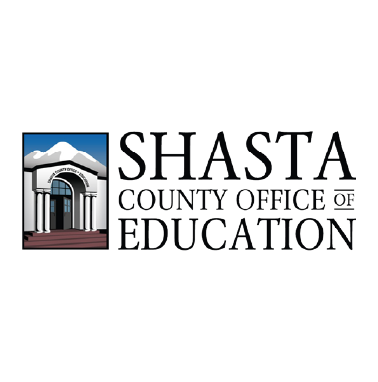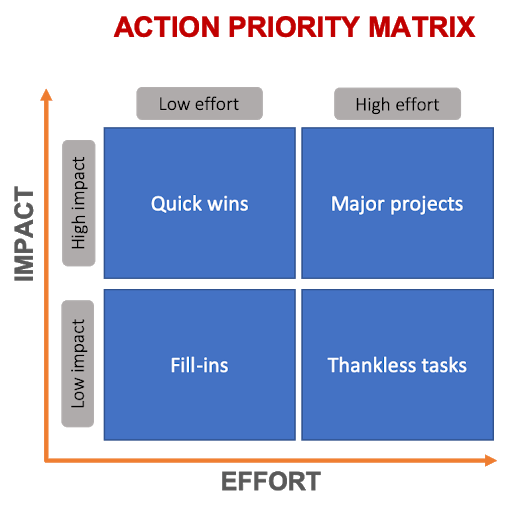Element 5: Generate Change Approaches
Partner with your community to generate ideas for how to move from the current state of the system to the community-defined vision. This involves working together to brainstorm and design actions, services, and programs that interrupt inequitable system conditions and create opportunities for young people, families, and communities to thrive.

Case Story:
Shasta County Office of Education
The Shasta County Office of Education (SCOE) developed a partnership with local tribal members as a result of the advocacy of the Local Indians for Education (LIFE) Center Director Rod Lindsay, who raised concerns about chronic absenteeism among Native American students to Superintendent of Shasta Schools Judy Flores. Local tribal leaders met with county staff, successfully advocating for legislation that amended the Education code to ensure students attending cultural events or ceremonies would have excused absences.
This initial legislative goal inspired the formation of the American Indian Advisory which has, in recent years, formed a Lesson Study team of teachers who co-design History and Social Study lessons with tribal cultural consultants. This planning process enables tribal members to develop curricular narratives shaped by the wisdom and traditions of their own community, which is a powerful tool in combating deficit narratives that dominate mainstream curricula. Listen to the case story clip to hear Cindy Hogue, a Wintu tribal member who sits on the Advisory and serves as an 8th grade teacher in the county, talk about the impact of co-designed culturally responsive curricula in the community.
Reflection
- In what ways has your school or district co-designed change ideas with young people, families, and the broader community?
- Do the actions and services in your school site plan or district LCAP reflect ideas generated by your community?
Impact/Effort Matrix Activity
- Generate an equity challenge statement: What is an equity challenge you or your team need to solve? Express the challenge in one sentence.
- Center community experiences: Consider what you’ve learned from the community so far about this challenge. What have students, families, community partners, and/or staff shared about how they are impacted by this challenge?
- Generate ideas: Based on your own understanding of the equity challenge and what you know from members of your school or district community about how they experience this challenge, take a few minutes to brainstorm ideas for how to address this challenge.
- Prioritize your ideas: Organize your change ideas into an impact-effort matrix to help determine which ideas you should prioritize.
- Reflect: Consider which Quick Wins and Major Projects might be worth pursuing.
Impact/Effort Matrix Activity
- Generate an equity challenge statement: What is an equity challenge you or your team need to solve? Express the challenge in one sentence.
- Center community experiences: Consider what you’ve learned from the community so far about this challenge. What have students, families, community partners, and/or staff shared about how they are impacted by this challenge?
- Generate ideas: Based on your own understanding of the equity challenge and what you know from members of your school or district community about how they experience this challenge, take a few minutes to brainstorm ideas for how to address this challenge.
- Prioritize your ideas: Organize your change ideas into an impact-effort matrix to help determine which ideas you should prioritize.
- Reflect: Consider which Quick Wins and Major Projects might be worth pursuing.

Resources to Explore
- Driver Diagram: A tool for visualizing your theory of improvement, including your aim, drivers of change, and change ideas.
Valdez, A., Cerna, R., & Hashmi, S. (2023). Participatory systems change for equity: An inquiry guide for child-, youth-, and family-serving agencies. California Center for School Climate & Center to Improve Social and Emotional Learning and School Safety. WestEd.


